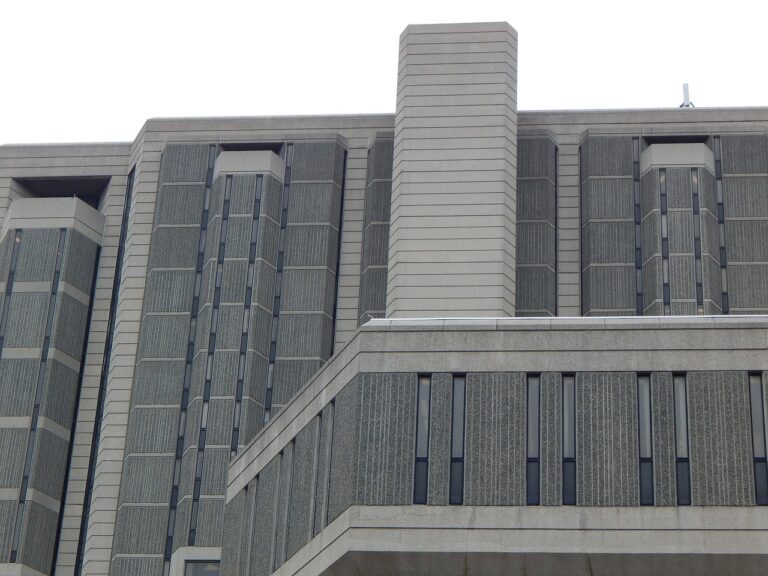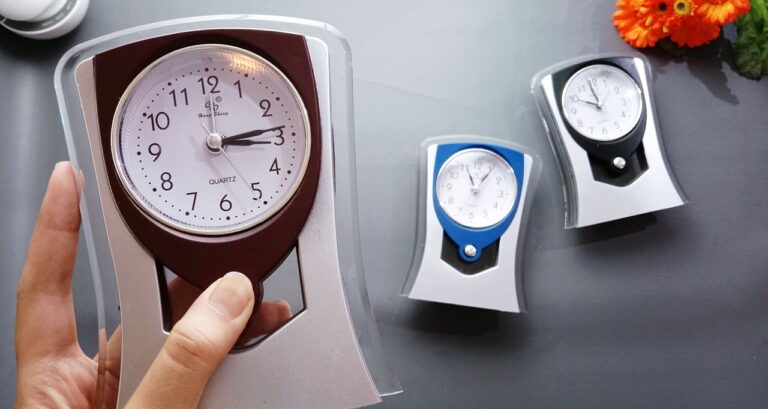The Rise of Smart Farming: IoT in Agriculture
The integration of IoT technology in agriculture has revolutionized the way farming is approached and managed. Through the use of sensors, data analytics, and automation, farmers are able to monitor and control various aspects of their operations in real-time. This level of precision and efficiency has significantly improved productivity and resource utilization, ultimately leading to higher crop yields and better quality produce.
Smart farming practices, coupled with IoT technologies, offer farmers valuable insights into their operations, allowing for informed decision-making and proactive problem-solving. By leveraging the power of data-driven solutions, farmers can optimize irrigation systems, monitor soil conditions, track crop health, and predict weather patterns with greater accuracy. The synergy between smart farming and IoT is empowering farmers to adopt sustainable practices, reduce waste, and increase overall profitability in an ever-evolving agricultural landscape.
Benefits of Implementing IoT in Farming
IoT in farming brings a myriad of benefits to farmers worldwide. By integrating IoT devices into their agricultural practices, farmers can efficiently monitor and manage their crops and livestock. These devices provide real-time data on soil conditions, weather patterns, and crop health, enabling farmers to make informed decisions to optimize their yields.
Moreover, IoT technology helps farmers automate various tasks, reducing manual labor and operational costs. Through remote monitoring and control systems, farmers can remotely manage irrigation, pest control, and other processes, increasing productivity and sustainability. With the ability to access data anytime and anywhere, farmers can enhance their decision-making processes and ultimately improve their overall farm management practices.







